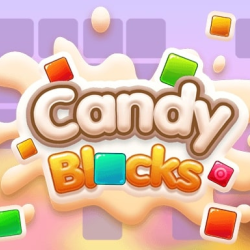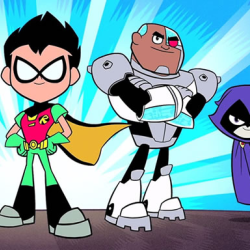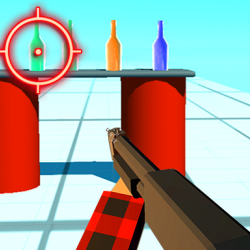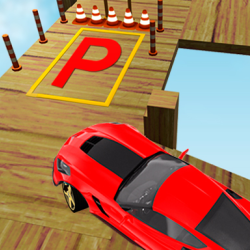Diana City Fashion & beauty
Control
The tactile sensation of a mouse click offers precise, mechanical feedback with a satisfying snap as each button press registers, translating intentional actions into swift, responsive inputs that mirror the player's intent. In contrast, phone controls rely on smooth touchscreen interactions where taps, swipes, and holds generate subtle haptic vibrations, blending fingertip gestures with dynamic visual responses to create an intuitive, immersive interface. Both methods prioritize tactile clarity—whether through the crisp physicality of a mouse or the adaptive pulse of a touchscreen—to bridge player intent and in-game action seamlessly.
description
Diana stared at the unfamiliar walls of her new bedroom, empty except for a creaky bed and a dusty window. No frilly pillows, no rainbow stickers, no sparkly hair ribbons – just shadows where a little girl’s treasures should’ve been. Her shoulders slumped as she traced a finger along the bare dresser, until booming laughter echoed down the hall. Dad burst through the door carrying a mountain of pastel gift boxes, Roma trailing behind with a mischievous grin. Tissue paper flew as they unveiled velvet-lined cases of costume rings, satin gowns with faux-pearl embroidery, and a miniature vanity set glowing with pretend lipsticks. “Princess upgrades!” Roma declared, draping a feather boa over Diana’s stunned shoulders. Dad knelt to fasten plastic “diamond” earrings, his calloused hands surprisingly steady. The room didn’t feel empty anymore – not with Roma demonstrating “royal posture” using a curtain rod scepter, or Dad attempting a princely bow while tripping over tulle. Diana’s reflection in the vanity mirror changed too: cheeks flushed, chin lifted, a giggle bubbling up as she crowned herself with a plastic tiara, its plastic jewels catching the light like real magic.

































